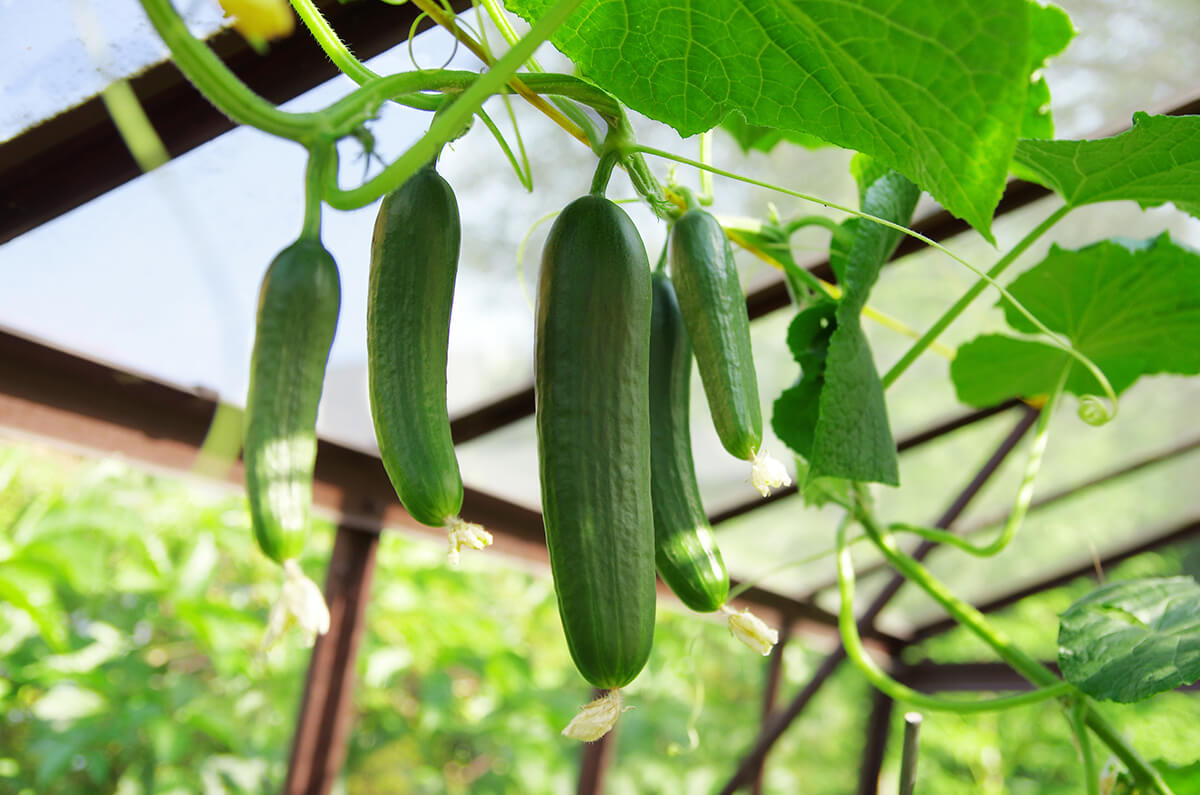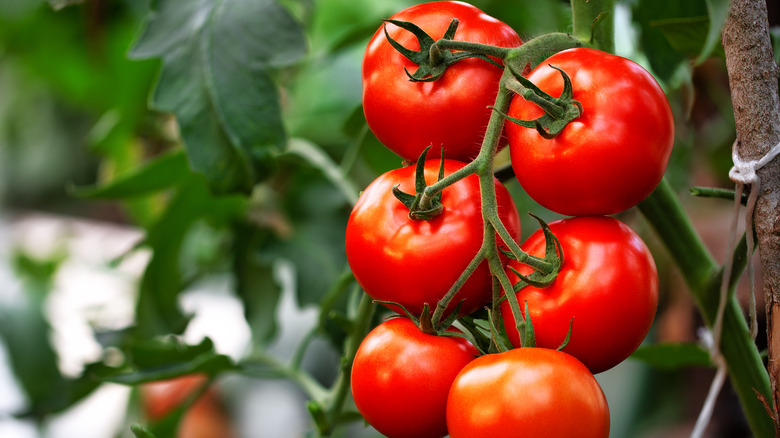Wondering what vegetables to plant in August in Canada? Here are 7 fast-growing, heat-loving, and frost-tolerant crops you can still sow this month. Get planting tips, variety recommendations, and smart watering strategies to extend your summer harvest.
Why August Isn’t Too Late to Grow Vegetables
Most gardeners think of August as the wind-down period for summer gardening. But here’s the truth: in many parts of Canada, especially Zone 6 to 8 regions like Vancouver, August is your second chance. A chance to keep your garden going strong, and in some cases, plant smarter than you did in spring.
Yes, the pests are bad. The mildew is creeping in. The tomatoes look tired. But some crops actually thrive in this late-summer window. And others? They’ll reward you with an autumn harvest that tastes better than anything store-bought.
Whether you’re starting fresh or replacing some sickly plants, here are 7 vegetables you can still plant in August—and exactly how to make them thrive.
1. Beans: The Secret to a Second Harvest
Beans, especially bush beans, are ideal for August planting. They’re fast, productive, and perfect for filling empty spaces in the garden.
Why now?
Beans love heat and germinate quickly in warm soil. In most parts of Canada, you’ve got 60–75 frost-free days left enough for a full bean harvest.
Bush vs. Pole:
-
Bush beans grow compact and fast (perfect for containers or tucked between existing plants).
-
Pole beans need trellising but can produce longer.

Beans, especially bush beans are ideal for August planting. They’re fast, productive, and perfect for filling empty spaces in the garden.
Tips:
-
Sow directly from seed. Beans don’t transplant well due to root sensitivity.
-
Water consistently to avoid tough pods.
-
Add compost or organic fertilizer for better yields.
🛒 You can find fresh bean seeds at DH Garden Centre, 3742 W 10th Ave, Vancouver.
2. Cucumbers: Outpace the Pests with New Plants
By August, most cucumber vines are showing signs of fatigue—powdery mildew, spider mites, yellowing leaves. Don’t waste time nursing them back.
Instead: plant a new batch from seed.
Why it works:
-
Cucumbers germinate quickly in summer warmth.
-
They’ll establish faster now than in spring.
-
Young plants are more vigorous and pest-resistant.

By August, most cucumber vines are showing signs of fatigue, powdery mildew, spider mites, yellowing leaves. Don’t waste time nursing them back.
Grow your cucumbers:
-
In raised beds, trailing off the edge.
-
Along tomato cages.
-
In pots with bamboo stakes.
Avoid transplanting unless necessary. Fresh seeds = fresh cucumbers in under 60 days.
💡 DH Tip: Rotate varieties. Try heat-tolerant types like ‘Marketmore’ or ‘Lemon Cucumber’ for August planting.
3. Carrots: Sweetest When the Frost Hits
Carrots are slow starters—but they don’t mind the cold. In fact, carrots that mature in cool fall weather are sweeter and crunchier.
The trick? Moisture.
Carrot seeds are tiny and dry out easily. They can take 10–20 days to germinate.
Darrell’s Germination Trick:
-
Sow carrot seeds shallowly.
-
Cover with a wooden board or thin layer of vermiculite.
-
Check daily after a week—when you see tiny white roots, remove the board.
-
Keep consistently moist until established.
Bonus: Carrots can overwinter under mulch or snow. Harvest when needed.
Try varieties like ‘Napoli’ or ‘Yaya’—both do well in fall weather.

Carrots are slow starters, but they don’t mind the cold. In fact, carrots that mature in cool fall weather are sweeter and crunchier.
4. Beets: Quick, Easy, and Cold-Tolerant
If you need a guaranteed harvest before frost, go with beets. They germinate fast, grow quickly, and don’t mind shade or crowding.
Why August is perfect for beets:
-
45–60 days to maturity.
-
Roots + leaves are both edible.
-
Frost makes the roots even sweeter.
Where to plant:
-
Between tomatoes, squash, or peppers.
-
Around the edge of garden beds.
-
In deep containers.
Sow thick, then thin out the seedlings by harvesting baby beet greens. It’s two crops in one.
🔁 Related search: “can I plant beets in August Canada” — Yes, and they’re one of the best cold-season crops.

If you need a guaranteed harvest before frost, go with beets. They germinate fast, grow quickly, and don’t mind shade or crowding.
5. Dill: An Herb That Loves the Heat (and Cold)
Many people don’t realize that dill grows like a weed this time of year.
Why now?
-
Germinates quickly in warm soil.
-
Doesn’t mind cooler nights.
-
Works well in containers or directly in beds.
Bonus use:
Let some flower to collect your own dill seeds—or to attract pollinators for your fall crops.
Harvest timeline:
-
Baby leaves: 25 days
-
Full plant: 40–45 days
-
Seeds: 60+ days
Pair with cucumbers for late-season pickling!
🌿 Browse fresh dill seeds or starter herbs at DH Garden Centre.
6. Zucchini and Summer Squash: Don’t Stop Now
Got mildew-covered zucchini leaves? Don’t worry—you can restart.
In fact, August-planted zucchini might be more productive. Why?
-
Soil is warm.
-
Pollinators are still active.
-
Plants grow fast and fruit quickly.
How to clean up your current plants:
-
Trim all diseased leaves.
-
Leave 5–6 healthy leaves per plant.
-
Fertilize with fish emulsion or compost tea.
-
Relocate vines gently if needed.
Or—just replant:
-
Zucchini matures in 45–60 days.
-
Try ‘Black Beauty’ or ‘Gold Rush’ for fast results.
-
You’ll have a fresh flush before first frost.
🧼 Clean beds = healthier plants. Remove old leaves and vines to avoid pest carryover.

In fact, August-planted zucchini might be more productive
7. Tomatoes: Still Time with the Right Varieties
This surprises most gardeners: yes, you can still plant tomatoes in August—if you choose the right type.
What you need:
-
60 frost-free days remaining
-
Fast-maturing tomato varieties
Top picks:
-
‘Early Girl’ – 50–60 days, widely available
-
‘Juliet’ – grape-sized, heavy producer
-
‘Subarctic Plenty’ – bred for short seasons
Sow from seed directly or grab transplants ASAP.
Care tips for August tomatoes:
-
Keep consistently watered to avoid blossom drop.
-
Mulch to retain soil moisture.
-
Add organic fertilizer at planting time and again after flowering starts.
Even tired-looking tomatoes can bounce back. Just prune diseased branches and fertilize well.

How to Know If You Still Have Time to Plant
✅ Use this simple formula:
First frost date – today’s date = Growing days left
Most summer vegetables need 60–75 days. You can check your region’s average frost date using tools like garden.com or ask us at DH Garden Centre.
And remember: using transplants can save 2–3 weeks of grow time.
Companion Planting Tips for August Crops
Many of these August vegetables can be grown together to maximize space and productivity.
Examples:
-
Beans + Beets: Beans fix nitrogen, helping root crops thrive.
-
Dill + Cucumbers: Dill deters aphids and enhances cucumber growth.
-
Carrots + Tomatoes: Tomato foliage shades carrots, keeping roots cool.
This approach also reduces pest pressure and improves biodiversity—especially important as your garden faces late-summer heat stress.
Soil Prep and Bed Renewal in August
If your July garden is fading, it’s the perfect time to refresh.
Steps:
-
Remove old, diseased plants.
-
Add 1–2 inches of compost or worm castings.
-
Gently loosen compacted soil.
-
Mulch with straw or grass clippings to reduce evaporation.
Healthy soil = healthier crops. August-planted veggies grow faster with rich, living soil under their roots.
Succession Planting: Keep the Harvest Going
Want to harvest fresh food into October?
Stagger your plantings every 10–14 days for crops like:
-
Beans
-
Cucumbers
-
Beets
-
Lettuce (in shady spots)
Even short-season varieties benefit from succession planting. It ensures you always have something coming up—even as older plants fade.
Watering Wisely: The Game-Changer for August
One of the top reasons August plantings fail?
🚫 Inconsistent watering.
Use these tricks:
-
Water deeply and infrequently to encourage strong roots.
-
Use drip irrigation or soaker hoses.
-
Mulch with straw or leaves to hold moisture.
💧 Want to calculate your exact watering needs?
Try the free tool at garden.com. It lets you input your plant, bed size, and watering method—and gives you a personalized watering schedule.
Fertilize to the Finish Line
Don’t forget to feed your August crops. They’re racing the clock, and fertilizer helps them grow faster, stronger, and more productive.
We recommend:
-
Neptune’s Harvest Fish & Seaweed Fertilizer (available at our store!)
-
Slow-release compost or worm castings for longer nutrition
🪴 Need help choosing? Just ask at the counter or message us on Instagram @dh.garden.centre.
Call to Action
🌿 Ready to plant your August garden?
Visit us at DH Garden Centre, 3742 West 10th Ave, Vancouver, BC. We’ve got seeds, soil, organic fertilizer, and expert advice to help your late-summer crops thrive.
📦 Shop online at dhgardencentre.com or DM us anytime.
Let’s grow together even in August.
Frequently Asked Questions (FAQ)
Q1: Can I plant vegetables in August in Vancouver?
Yes! With our mild coastal climate, most Zone 7–8 gardeners still have 60–75 frost-free days in August. That’s plenty for fast-growing veggies like beans, cucumbers, beets, and even tomatoes.
Q2: Should I use seeds or transplants in August?
If you have less than 60 days to your first frost, use transplants. Otherwise, direct seeding is cheaper and effective—especially for beans, beets, carrots, and cucumbers.
Q3: What’s the best fertilizer for August plantings?
Use balanced organic fertilizer like fish emulsion or compost. It provides a quick nutrient boost to support fast growth before frost hits.
Q4: How often should I water new seeds in August?
Daily for the first week, then taper. Carrots in particular need constant moisture for up to 14 days to germinate properly.
Q5: What crops survive after frost?
Beets and carrots can handle frost. In fact, they get sweeter! Dill can also withstand light cold. Tomatoes, squash, and beans will need to be harvested before frost hits.
🌱 — Darrell Smith,
Owner of DH Garden Centre & DH Landscape Solution


